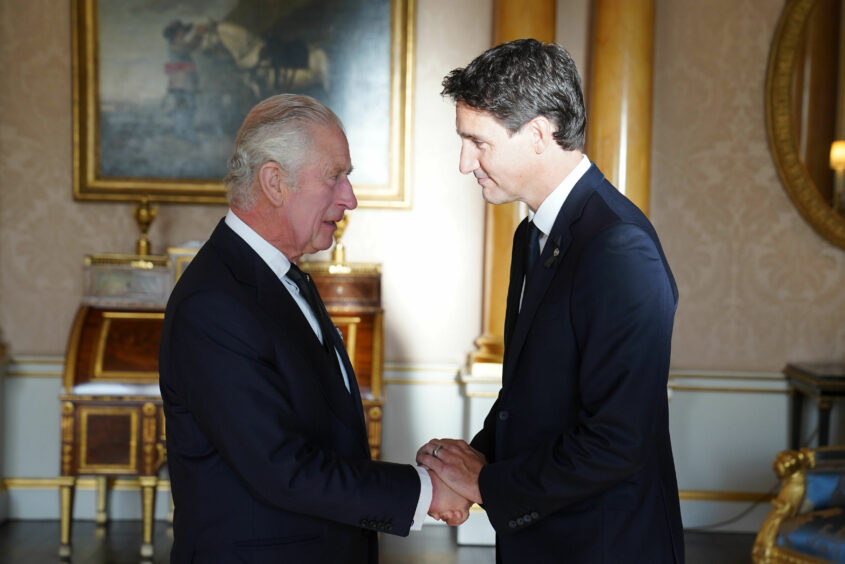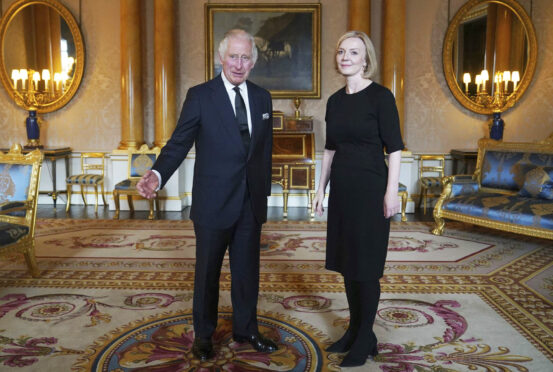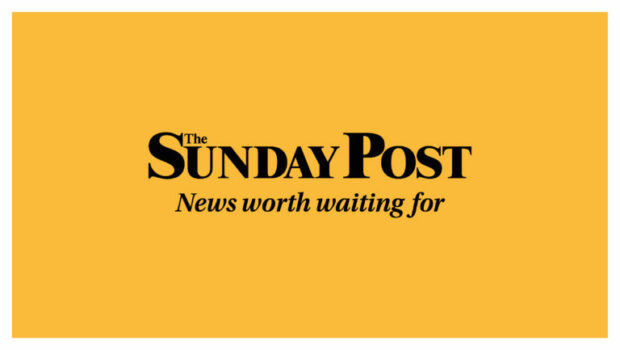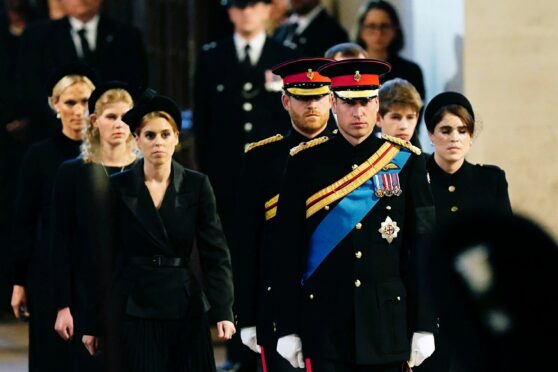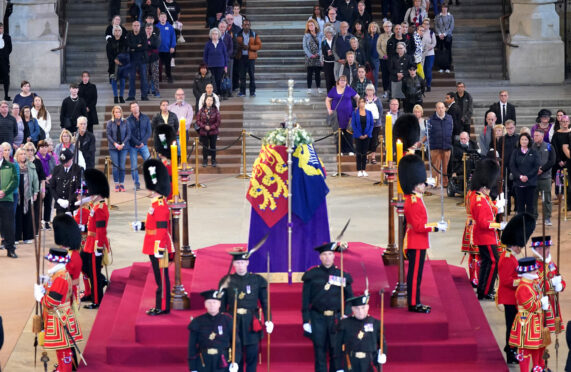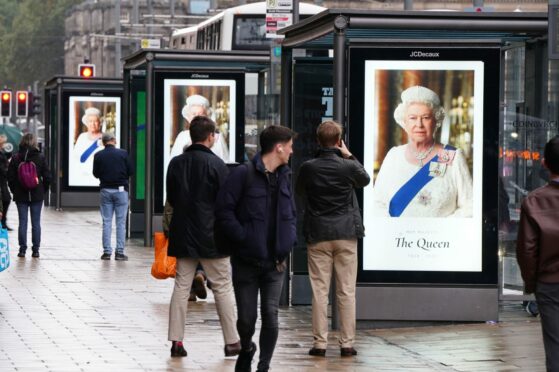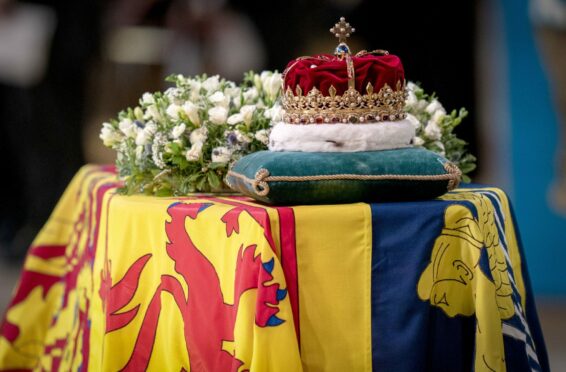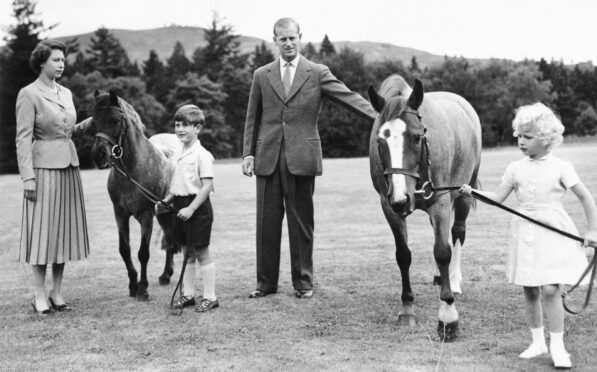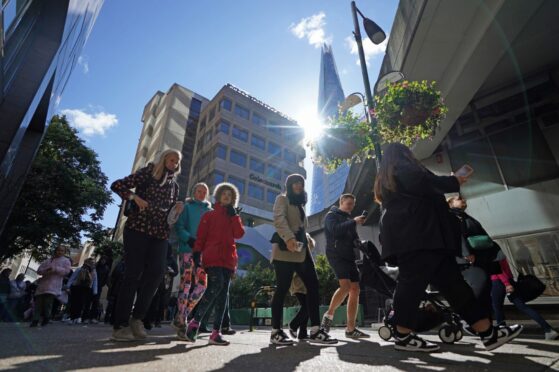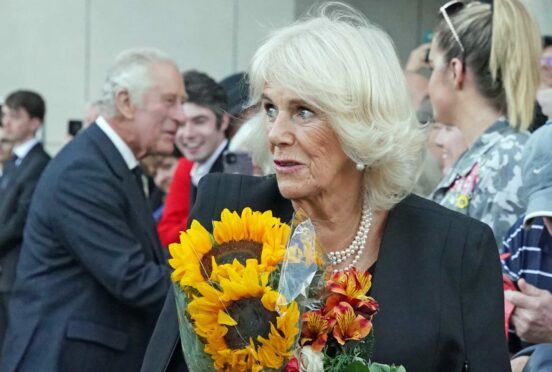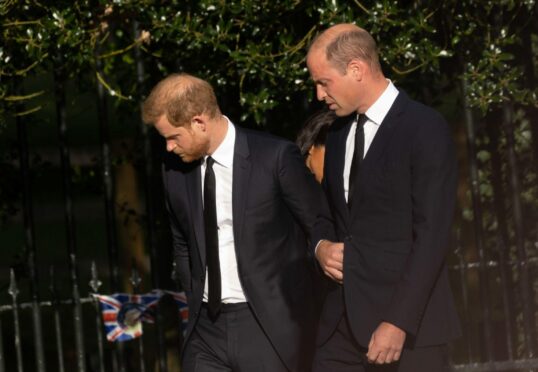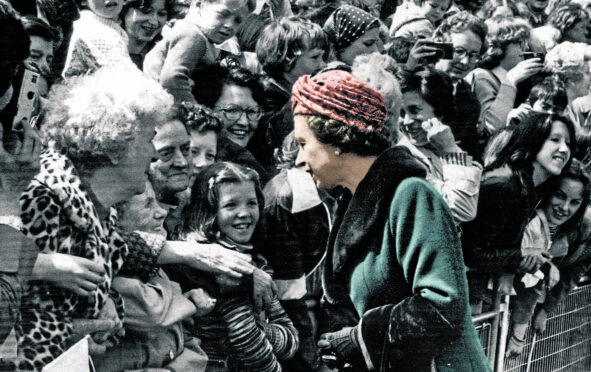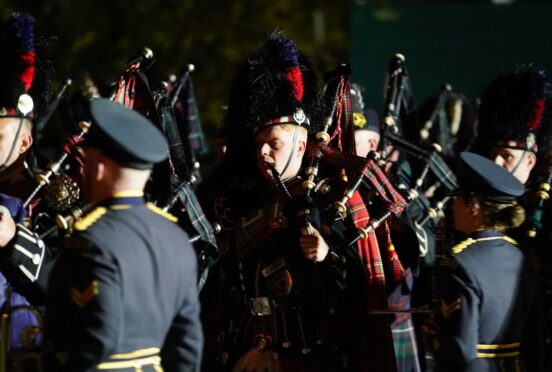
World leaders began arriving in Britain yesterday ahead of the funeral of Queen Elizabeth II tomorrow.
The service is predicted to become one of the most watched events of all time, with more than one billion viewers around the world expected to follow TV and online coverage as mourners gather at Westminster Abbey from 8am.
About 10,000 police officers, including a deployment from Police Scotland, will be supported by SAS units in Britain’s biggest policing operation as 500 dignitaries arrive from around the world including US President Joe Biden, Prime Minister Justin Trudeau of Canada and European Commission President Ursula von der Leyen.
Many of the leaders will be bussed to the funeral in coaches provided by the UK Government, although there are exceptions for some of the VIPs for security reasons.
Biden is expected to arrive at the funeral in his armoured limousine, often referred to as The Beast, while President Isaac Herzog of Israel could also be allowed to travel separately.
Ukraine’s President Volodymyr Zelensky is unable to attend the funeral amid the ongoing Russian invasion but his wife, First Lady Olena Zelenska, will be there. Russian President Vladimir Putin was not invited.
China’s President Xi Jinping was asked to attend but rarely travels so he will be represented by vice-president Wang Qishan.
A group of British MPs sanctioned by China expressed concern at the invitation given to the Chinese Government because of human rights abuses in the treatment of the Uighur ethnic group in the far-western region of Xinjiang.
The Chinese delegation had initially been banned by the Commons speaker from attending the Queen’s lying in state, after complaints from the MPs. But the UK Parliament yesterday confirmed Chinese leaders would be invited to attend.
A row also flared yesterday over plans for the Crown Prince of Saudi Arabia, Mohammed bin Salman, to visit London to pay his respects, although it has not yet been confirmed by the Saudis whether he will be at the funeral.
The fiancée of the murdered journalist Jamal Khashoggi, Hatice Cengiz, said the visit to the UK, the first since the 2018 slaying, was a stain on the monarch’s memory and an attempt to use mourning to seek legitimacy and normalisation. Khashoggi was killed and dismembered by Saudi agents in the Istanbul consulate in 2018 and Cengiz said she wished Prince Mohammed would be arrested for murder in London. A declassified US intelligence report said the killing was approved by Prince Mohammed.
The controversy came amid the most complex security operation ever mounted in London. Met Deputy Assistant Commissioner Stuart Cundy said: “As a single event, this is larger than the 2012 Olympics, it is larger than the Platinum Jubilee weekend. The range of officers, police staff and all those supporting the operation is truly immense.”
There have been 20,000 officer shifts throughout the past week and 2,000 officers in a single day at the peak, said Cundy. Specialist teams involved in the operation include motorbike escort riders, mounted branch carrying out patrols on horseback, firearms officers, dog teams and the marine unit.
Dai Davies, former head of royalty protection, said: “The SAS and those trained in anti-terror quick reaction will also be involved. They will be strategically placed in military barracks and around the capital and will be there as the ultimate line of defence should there be an attack. The biggest risk will be the lone wolf or knife attacks from individuals, which are harder to predict. There is always the risk of a car attack, too, though there will be barriers that make this more difficult.”
The Met has used more than 22 miles of barriers in central London alone to control crowds and keep key areas secure.
Police Scotland, which has provided officers to support arrangements for the funeral, said: “Mutual aid officers were deployed in Scotland under the command and control of our Chief Constable, Sir Iain Livingstone, to keep people safe as part of UK policing’s response to the death of Her Majesty The Queen.
“The chief constable has also approved the deployment of Police Scotland officers to support the policing of Her Majesty’s funeral in London.”
There are more than 100 civil servants working shifts on the central operational team handling events related to the Queen’s death, with the efforts headed up by the permanent secretary at the Department for Culture, Media and Sport.
“Planning has been going on for years for this,” government sources said. “There are people that otherwise might have moved on in their roles that have stayed in their roles because of the privilege that it is to support the planning for this.
“There were quite a lot of people who worked on this in previous roles, who the moment that we heard the news immediately volunteered to come back.”
The sources described the Queen’s funeral as “the largest international event that the UK has hosted in decades, possibly ever”.
Because of the explosion of social media in recent years, it is likely to be the most viewed event ever, with millions watching clips online as well as millions tuning in to TV live coverage. Ratings data, collated by audience research organisation Barb, goes back to 1981 and the most watched UK TV event is still the funeral service for Diana, Princess of Wales, in 1997, which was seen by an average of 32.1 million.
Meanwhile, hundreds of soldiers yesterday took part in early-morning rehearsals in Windsor ahead of the Queen’s funeral. After tomorrow’s service at Westminster Abbey, the late monarch’s coffin will be driven from London to the Berkshire town in the state hearse before a private committal service.
The hearse will then be driven in procession to St George’s Chapel at Windsor Castle via the Long Walk, which will be lined by members of the armed forces.
In the early hours of yesterday, marching bands playing music and Grenadier Guards flanking a hearse were spotted rehearsing ahead of the service. Mounted police officers walked in front of the procession, followed by members of the Life Guards carrying swords, as well as a pipe band dressed in tartan, and members of the Household Cavalry.
After the rehearsal, Coldstream Guards and members of the Royal Navy could be seen marching down High Street in Windsor and towards Victoria barracks.
Lt Col Fred Wells, Commander 1st Battalion of the Coldstream Guards, said: “It’s a huge honour. There’s such a range of emotions that I think we’ve all felt over the last week, huge sadness that we’ve lost, in the Coldstream Guards, our Colonel-in-chief, for the armed forces our Commander-in-chief, and for the nation, the Queen.
“But at the same time there’s a real sense of excitement that we’re taking part in something quite special that for all of us will probably be one of the most momentous parades of our careers and probably one of the most momentous days of our lives.”
How the day will unfold
From 2,000 mourners in London to a committal at Windsor and private interment – how tomorrow’s funeral will unfold
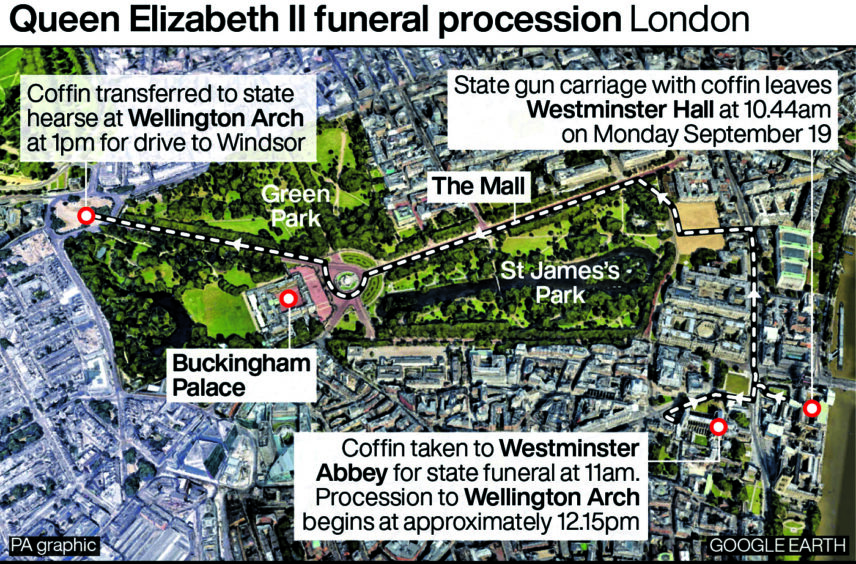
The Queen’s funeral service will begin at 11am in Westminster Abbey, where the doors will open at 8am for mourners to take their seats.
The service is expected to last an hour, and will be attended by 2,000 people, including members of the royal family, prime ministers past and present, US president Joe Biden and French president Emmanuel Macron.
Towards the end of the service, the Last Post will sound, followed by two minutes of silence to be observed in the abbey. After the service, the royal family will walk in a procession with the Queen’s coffin to Wellington Arch, Hyde Park Corner, arriving at 1pm.
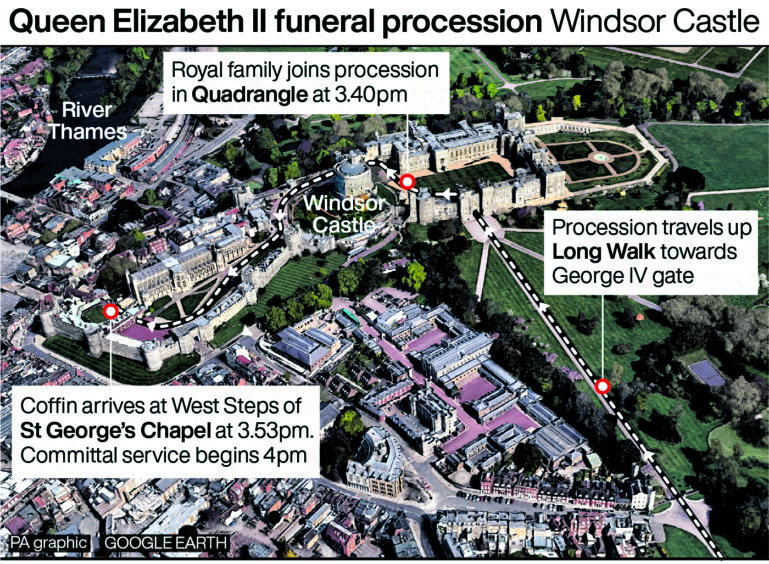
The state hearse, carrying the coffin, and royal family will then travel to Windsor where a committal service will take place at 4pm in St George’s Chapel. The congregation will be made up of the Queen’s household past and present.
A private burial service will take place at the King George VI Memorial Chapel at 7.30pm, where the Queen will be buried alongside her husband, the Duke of Edinburgh.

Enjoy the convenience of having The Sunday Post delivered as a digital ePaper straight to your smartphone, tablet or computer.
Subscribe for only £5.49 a month and enjoy all the benefits of the printed paper as a digital replica.
Subscribe